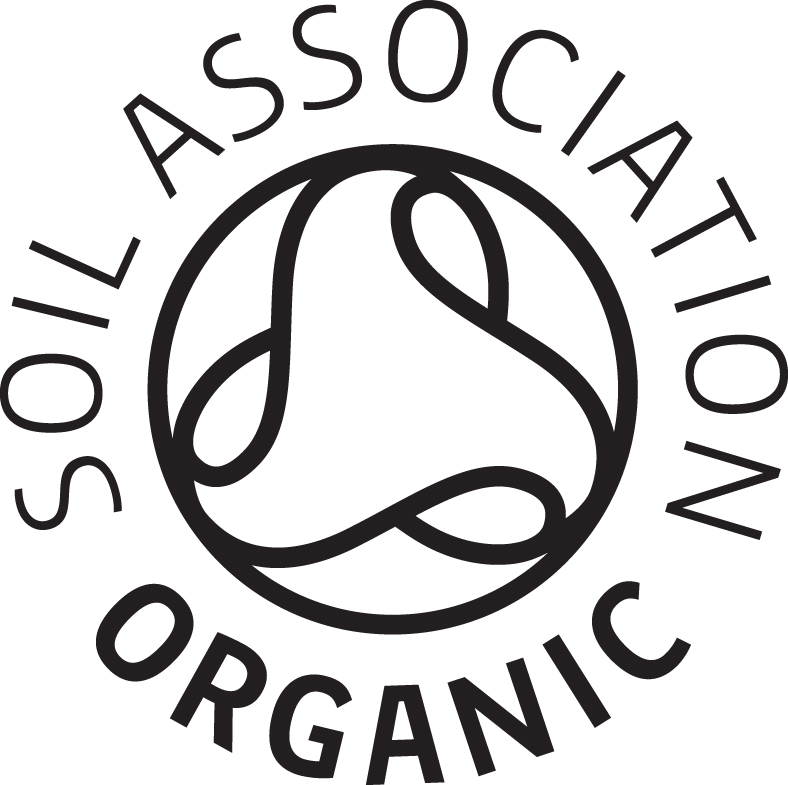Organic September is here and brings with it a raft of fabulous opportunities to delve deeper into the green world of natural & organics.
While I’m forever extolling the importance of buying certified organic skin care products (read my previous post to find out why), I haven’t really discussed the differences between the main organic accreditation standards.
The certification logos you’re most likely to find on organic products in the UK are those of the Soil Association and ECOCERT.
Each of these has their own guidelines as to what qualifies as ‘organic’, and the purity and ‘naturalness’ of a product can vary greatly depending on the body it is certified by.
- A minimum of 70% of a product’s non-water ingredient must be from organic farming.
- If a chosen ingredient can be sourced organically anywhere in the world, it has to be utilised.
- All non-organic ingredients must be non-toxic, biodegradable and carry a non-GM certificate.
- A product cannot contain parabens, petrochemicals, propylene glycol and other potentially harmful synthetics.
- For a product to be labelled ‘organic‘: a minimum of 10% of ALL ingredients (by weight, including water) must come from organic farming. 95% of all plant-based ingredients in the formula must come from organic farming.
- For a product to be labelled ‘natural’: a minimum of 5% of ALL ingredients (by weight, including water) must come from organic farming. 50% of all plant-based ingredients in the formula must come from organic farming.
- A product cannot contain parabens, petrochemicals, phenoxyethanol and synthetic fragrance, and all ingredients must be non-GM.
The primary issue with ECOCERT is that customers don’t know there is both an “organic” and a separate “natural” standard, because the logo is the same.
Even more confusing are the raft of authentic-looking ‘natural ingredients’, ‘paraben-free’ or ‘organic extracts’ logos that aren’t actually affiliated to an organic body at all, but are instead mere marketing ploys by brands to make their products seem more legitimate!
Here are a couple of examples:


The good news is that the Soil Association, ECOCERT and a number of other European organic standards are joining together into one harmonised certification standard called COSMOS.
This unified standard should make things a lot more straightforward for the organic consumer – I’ll be blogging about COSMOS and its implications for the industry in more detail at a later date.
While officially launched, COSMOS won’t start to be enforced until 2015, so in the mean time here’s a quick and easy way to tell just how organic your ‘organic’ product is.
An organically farmed ingredient has to be clearly marked with a star on an ingredient lists. The more stars gracing the list, the higher the percentage of organics within the product – so get gazing!




